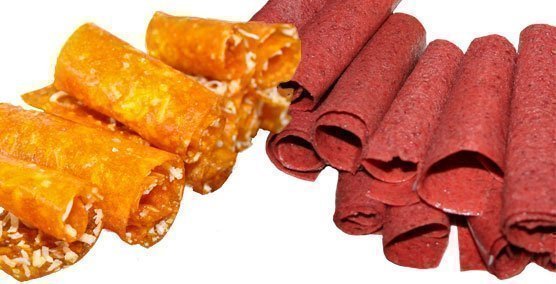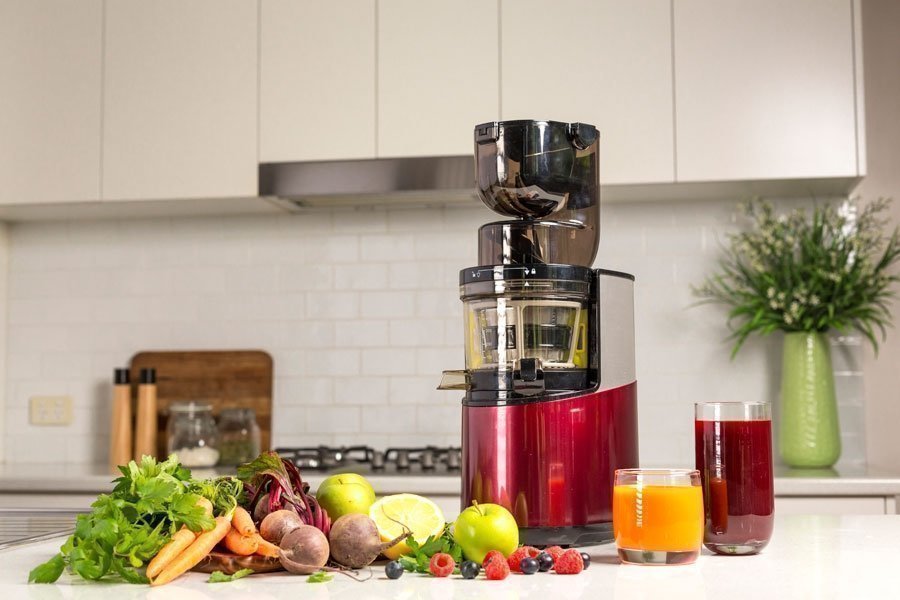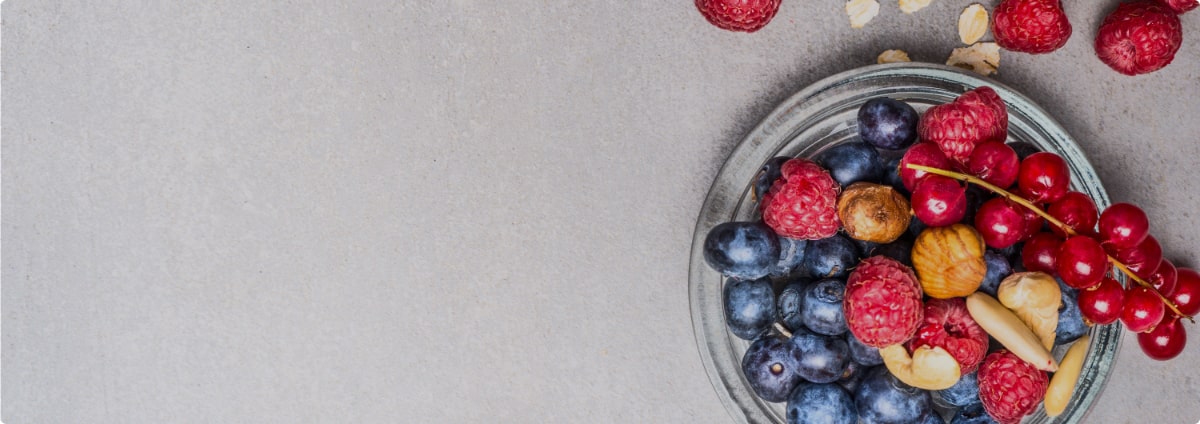Vitality 4 Life uses cookies to provide and improve our services, if you continue browsing, we consider that you accept its use. For more information, please see our privacy page.

Tips for using the BioChef Savana Food Dehydrator
06,March,2014
Dehydrating technology has taken a huge leap forward with the Savana Dehydrator which use two 300 watt fans to spread heat evenly, has a tempered glass door for easy viewing and plenty of drying space.
Here are some tips for easy dehydrating using the Savana Dehydrator:
- Try to slice or cut food all the same size so it will dry at approximately the same time. Make thin, flat cuts.
- Don’t slice food too thin. 6mm to 10mm thickness is perfect. Use a ceramic knife to further reduce oxidation.
- The larger the cut area, the faster and better the food dehydrates since moisture escapes best from a cut or broken surface.
- Thin stalked vegetables like green beans, asparagus or rhubarb should be cut in half the long way or with an extreme diagonal cut. Fruit should be sliced across the core. Place these cut side up on the tray.
- Small fruits like strawberries can be cut in half, while even smaller berries should either be cut in half or blanched slightly to break the skin.
- Waxy skinned fruits like cherries, grapes, plums and blueberries must have their skins poked or pitted and will take 1-2 days to dehydrate depending on their size.
- The peel of fruits and vegetables contain much of the nutritional value. It is better not to peel, if the dried food is to be eaten as a snack. If you are using apples in a pie or tomatoes for soup you will want to peel before dehydrating.
- Once food has been cut or sliced fill the drying trays by arranging slices in a single layer with a little space between slices.
- Some vegetables like beans, corn, peas and broccoli must be steam blanched before drying. Steam blanching may take from 30 – 90 seconds.
- Fruits that turn brown when exposed to air such as apples, peaches, bananas or pears can be dipped in solutions of orange, pineapple or lemon juice or ascorbic acid for approximately two minutes prior to drying. Drain on paper towel before placing on tray.
SAVANA DEHYDRATOR - FILLING THE TRAYS
- To dry chopped or shredded foods, spread on mesh inserts. Food should not be spread thicker than about a centimetre. Use a fork to expose the mesh insert in several places to provide proper air circulation.
- Some foods such as very ripe tomatoes, citrus or sugared fruits may drip. After placing food on drying trays tap tray firmly on a towel to remove excess moisture. To catch remaining overflow, use fruit leather sheets on the bottom two trays.
- Chili, stews, casseroles, etc may be dried on fruit leather sheets an stored up to 3 months.
DEHYDRATION PROCESS
- The Savana Dehydrator comes with a guide to help you determine the correct drying time. Generally, drying time depends on the type of food, how thick it is sliced, and the amount of water in the food.
- When food is dried the flavours and sugars concentrate so the dried food has a much stronger flavour than fresh.
- Wait until the food is reconstituted before you add seasonings.
STORING DRIED FOODS
- Allow dehydrated food to cool thoroughly.
- Dried food should be stored in a cool dry, dark place.
- Use clean, air-tight and moisture-proof containers. Do not use cloth bags, lightweight plastic bags, bread wrappers or any container without a air-tight fitting lid. Heavy, zippered plastics bags or heat sealed bags are excellent.
- Dried fruits and vegetables should not be stored longer than one year. Dried meats, fish, poultry or jerky should be used within a month or two.
- Many vegetables may be powdered. Tomatoes powdered and added to water make great tomato sauce for pizzas, etc.
RECONSTITUTION
- To reconstitute most foods soak in water 15 minutes to 2 hours depending on the size, and use. Foods that take longest to dehydrate will take the longest to reconstitute.
- The liquid which comes from reconstituting the food has great nutrition value. Use in soups, leathers, pies, etc.
- To reconstitute chili or stew add hot water and let sit 15 minutes.
[product id="687"]











